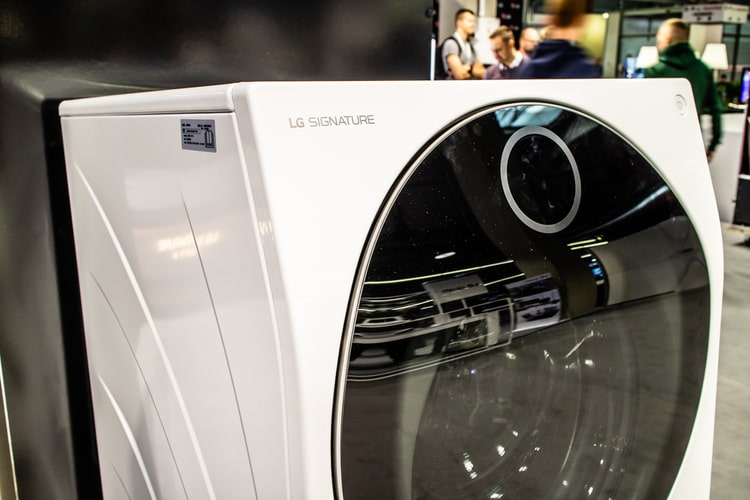Download LG Is Developing a Waterless Washing Machine; Uses CO2 Instead of Water for free
Traditional washing machines require a lot of water and detergent to clean a batch of dirty clothes. It usually leads to a waste of clean water and increases the pressure on an already deteriorating environment. Citing these concerns, LG has assumed the responsibility to developing a completely waterless washing machine for the commercial markets.

LG Waterless Washing Machine Details
According to recent reports, LG has started the development process of the waterless washing machine. The South Korean giant began work on the project through a regulatory sandbox program after the Ministry of Trade, Industry and Energy approved the trial of the technology. The technology includes: using carbon dioxide as a substitute for water at washing machines.
LG has apparently found a way to convert carbon dioxide from its natural gaseous environment into a liquid state through a cooling and compression process. After the gas has turned into a liquid state, the LG waterless washing machine would be able to: wash dirty clothes without water or detergent not at all.
As for removing the contaminants from the dirty clothes, the washing machine will use the viscosity and surface tension of the liquefied carbon dioxide. After the washing process, the device can convert the liquid CO2 into its original gaseous form and reuse it for the next wash.
Therefore, the LG waterless washing machine will not discharge any gas or water mixed with detergent. This would save a lot of water currently used in households to wash clothes.
As for the availability of LG waterless washing machine, after the development process, the company will put the first unit in its research lab. It will run the machine for two years to test its capabilities before commercializing it.

